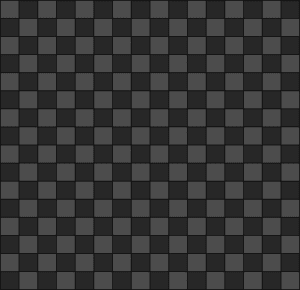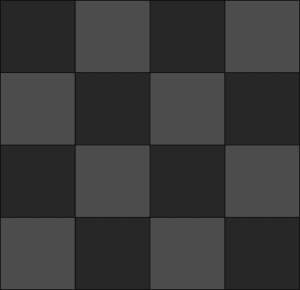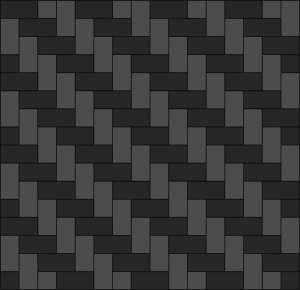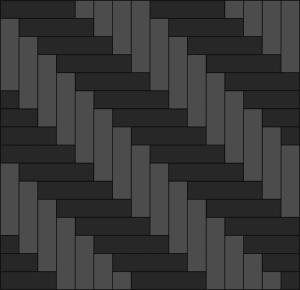Hi, I'm Elizabeth (Maylin) Rawson, the 2023-2024 Aeroshell lead. I made this article based on my own experience as lead conducting and managing the composite manufacturing of Daybreak (2022-2024). This document is primarily for aeroshell management to understand how to choose and acquire materials in preparation for a layup. This is also helpful for aeroshell members who want to understand more about the materials that we use.
To future aeroshell leads: try to ensure you get as many donations as possible. Composites are very expensive; I spent roughly $17000 in 2023-2024 (very few donations). Please work with your operations lead in advance to acquire materials.
My favorite places to buy materials, especially fabrics, are Composite Envisions and Fiberglast. As of the time I'm writing this I know that we have a 20% discount code from Fiberglast. However, I actually prefer Composite Envisions because you can buy basically everything you need there which means that you can order in bulk. Additionally, their clearance section is better. If you buy from their 2nd quality fabrics, their fibers can get really cheap and rival Fiberglast.
Fibers
Fiber type
| Fiber | Uses | Pros | Cons |
|---|---|---|---|
| Carbon fiber | Used for the exterior of the car |
|
|
| Fiberglass | Typically used for making molds |
|
|
| Kevlar | Required in the canopy by regulations |
|
|
Weave
| Weave | Appearance | Definition | Uses | Pros | Cons |
|---|---|---|---|---|---|
| Plain weave |
|
| |||
| Plain weave (spread tow) | Like your regular plainweave, but |
|
| ||
| Twill weave (2x2) |
|
| |||
| Twill weave (3x3, 4x4, etc) | Twill weave with less formability than standard 2x2 twill weave. We have historically rarely used this |
|
Tow: A bundle of fiber that is identified by the number of carbon filaments they contain. Each "k" stands for a thousand fibers.
| Tow | ||
|---|---|---|
| 1k | ||
| 3k | ||
| 6k | ||
| 12k | ||
Density
Fabric orientation
| Fabric Orientation | Picture | Definition | Uses | Pros | Cons |
|---|---|---|---|---|---|
| 0-90 |
|
|
| ||
45-90 (Quasi-isotropic) |
|
|
|
- After you have determined all of your fabric qualities, you need to calculate how much fiber you are going to use. The best way to do this is to go into the CAD file of the aeroshell and then create rectangular sketches that are the size of the fiber rolls that you plan to buy.
- Make sure you have 3-5 inches of overlap for each layer of fiber.
- Find the area of these rectangular sketches
- Know how much ply you want in your composite, and then multiply the area by the number of ply.
- Then, add 50% to the final amount you get.
- You will always need more than you think. People will never cut fiber optimally or lay down fiber optimally. When I ordered material, I had a 30% buffer and it was not enough.
Resin
- Pot life determines how long you have to work with the resin in a pot/bucket before it starts to cure. Most laminating resins that cure at room temperatures have a really low pot life.
- Higher pot life gives more leniency.
Mold Smoothers
- Joint compound: https://www.homedepot.com/p/USG-3-5-gal-Soquete-Ready-Mixed-Joint-Compound-380066/202329615
- We use this and it sucks and makes mold release horrible. Please find an alternative mold sealant that is not joint compound
- Spackle
- Bondo: This is used on composite to patch gaps
Vacuum Materials
- Vacuum bag
- Stretchy vacuum bag such as Stretchlon 200 is basically a necessity for any layup that isn't relatively thin.
- Breather:
- Breather is separated by density. Which one you choose is not that important as long as its roll width is wide enough for the composite you want to make. I chose based on price.
- Tacky tape
- We use any kind of yellow tacky tape. Yellow tacky tape performs well in hotter temperatures and it is higher quality.
- Avoid gray tacky tape. It can be used for test composites or smaller composites but I would strongly advise against using these for anything that's important.
PPE
Leads, encourage your facilities lead beforehand to buy protective gear. This way three teams don't have to buy stuff, rather OB buys stuff.
Step-by-step guide
Related articles







